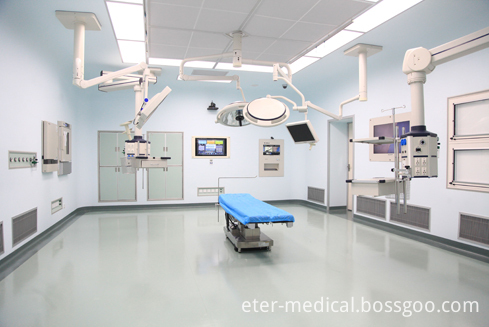Second, the growth of young seedlings is inhibited when the growth and development are inhibited easily form a stiff seedlings, characterized by seedlings dwarf, thin stems, leaves, small roots, not easy to grow new roots, flower buds are not normal, easy to drop flowers, slow seedlings after planting slow.
Third, the main cause of seedling rigidity is long seedling age or long-term low temperature and drought seedbed. The seedlings should be changed to promote seedling growth, given appropriate temperature and moisture, and promote growth. When using cold-bed nursery, try to increase the temperature, especially the ground temperature, and control the watering. Spray 10 g of 10 to 30 ppm gibberellin solution per square meter of bed. 3. After freeze-frozen seedlings were frozen, the leaves and stems were dark water stains, and they gradually dried up and died. When the seedlings were only slightly frost-damaged, although the external morphology did not change significantly, the physiological function had been significantly reduced, affecting the growth and development of the seedlings. Artificial temperature-controlled seedlings can be used, such as electric hotbed nursery. According to the changes in the weather, take cold and warm measures in a timely manner. When the cold wave strikes and the low temperature comes, cover the cover, cover the straw curtain if necessary, and keep it as dry as possible to prevent it from getting wet by rain and snow. Strengthen management, increase lighting properly, and improve the ability of seedlings to resist cold. In addition, proper control of watering, reasonable increase in phosphorus and potassium fertilizers, can also improve the cold resistance of seedlings.
4. Drying The water consumed by the water absorption and transpiration of the roots of the seedlings loses its balance, causing the leaves to lose water and wilting too much. The leaves are green and dry, known as air-dried. Preventive measures are that seedbed ventilation is small and large, so that seedlings have a process of exercise. Windy weather should prevent the cover from being blown by the wind.
5. Roots are also called rotten roots. They are physiological diseases caused by high humidity and low temperature in seedbeds. Especially in the cold, windy and snowy weather that the cold currents invade, seedbeds cannot be ventilated and the seedlings are vulnerable to growth. The brown rust was rotted in the roots, and the growth of the shoots was hindered or even stopped. The leaves were gray-green and gradually yellowed. Preventive measures are mainly to control the watering, when the seedbed is dry, watering according to the needs of the water to prevent flooding. The occurrence of roots should be promptly ventilated and drained, and fine dry soil or ash can be used to absorb moisture, or more loose soil can increase the amount of soil evaporation.
Cleaning Engineering For Hospital
Cleaning Engineering For Hospital
The medical clean engineering system covers clean operating rooms, ICUs, disinfecting supply rooms, laboratories, clinical laboratories, vein deployment centers and other sites. Decoration materials, clean air-conditioners and medical devices that meet the cleanliness requirements must be adopted to ensure cleanliness, especially for clean operating rooms, ICUs, disinfecting supply rooms and other sites subject to cleanliness requirements of the hospital.

Cleaning Engineering For Hospital,Environmental Services Hospital,Clean Operation Theatre Engineering,Medical Air-Cleaning Engineering
Hunan Eter Medical Co., Ltd. , https://www.eter-tech.com